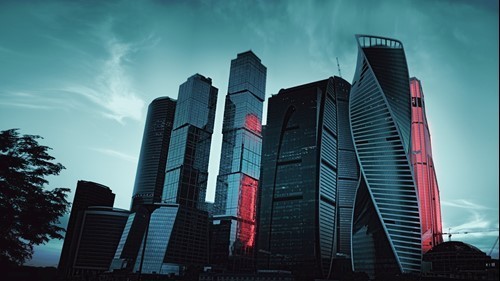I love traveling to other countries and enjoying the architecture which is borne out of other cultures. (See Faris Mousa: More amazing architecture in Rome)
However, I also love my home city of Manchester and I am fortunate that it is filled with its own fantastic buildings which have emerged over the last 1,000 years. Travel is great, but as this great city proves, you don’t always have to go very far to find something new or inspiring.
Here are four of Manchester’s most famous buildings.
Manchester Cathedral
This origins of this cathedral can be traced back to the Saxons, but the building that stands today was constructed over the last few hundred years. Not only is it a beautiful site with much intricate detail, it’s also symbol of Manchester’s resilience: throughout its history it has survived attacks, bombings and plenty more, but it’s still standing strong.
Town Hall
Completed in 1877, Manchester’s town hall is a fantastic example of neogothic work. The clock tower hosts an impressive 23 bells, the largest of which is 8 tonnes and required great engineering minds to hoist into place. The town hall stands grand and proud in the city’s centre, providing a familiar backdrop for many iconic Manchester events, such as the world famous Christmas markets.
Victoria Baths
Manchester’s water palace is in the middle of a restoration project with no known end date. It hasn’t been used for its original purpose in more than 20 years, but the fact that millions has been spent working on the building, and that today it host events ranging from nightclubs to cinema screenings proves how well loved it is by the local population. The multicoloured brickwork facade, stained glass windows and tiled interior are breathtaking and I hope full restoration is completed before too long.
Urbis
The Urbis was built at the turn of the millennium and was one of the showcase pieces of architecture that proved the city was bouncing back from the 1996 bombing. It features a fully glass facade, which gives stunning views of the city for visitors, and a unique sloping design. It forms part of a large communal area which is popular with city residents, and to top it all, the building has hosted the National Football Museum since 2012.























